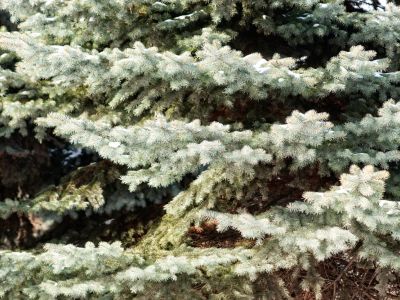Where do Engelmann Spruce Grow?
Engelmann spruce trees are large, narrowly pyramidal evergreen trees that can reach heights of over 100 feet (35 m.) tall. They have gray brown or russet bark, ascending or horizontal branches and bluish green four-sided needles. Here are facts about Engelmann spruce’s native range: The trees grow in the wild from central British Columbia and southwest Alberta, south through the Cascade Mountains of Washington and Oregon and eastward to the Rocky Mountains. They are hardy to USDA plant hardiness zones 2 or 3. Engelmann spruce trees prefer well-draining loam soil that is slightly acidic. The seeds require at least 40 percent shade to germinate and mature trees do better in shade as well.
Engelmann Spruce Tree Uses
Engelmann spruce tree uses include producing lumber. The wood of this spruce is fairly soft and low in resin. Much of it contains knots, which makes it more appropriate for pulp than for high-grade lumber. However, lumber from Engelmann spruce trees has been used for construction, pre-fabricated wood products, and plywood. Have you ever had an Engelmann spruce as a Christmas tree? They are widely used for holiday trees. Left in place, they also serve to stabilize vegetation in the Rocky Mountains.
Engelmann Spruce Information
The facts about Engelmann spruce longevity are amazing. These trees are exceedingly long lived, continuing to grow steadily for hundreds of years. Dominant spruce trees are often up to 450 years old and it is not unusual for Engelmann spruce to live for 600 or even 800 years! You might think that the soaring trees of Engelmann spruce have deep roots, but that isn’t the case. Their root systems are shallow, making the trees vulnerable to falling in high winds. The risk increases when the stand is opened up by cutting trees. Trees that topple in the wind can be attacked by the spruce borer, which can lead to a borer attack in living trees as well. The western spruce budwood is another pest that attacks these trees.
